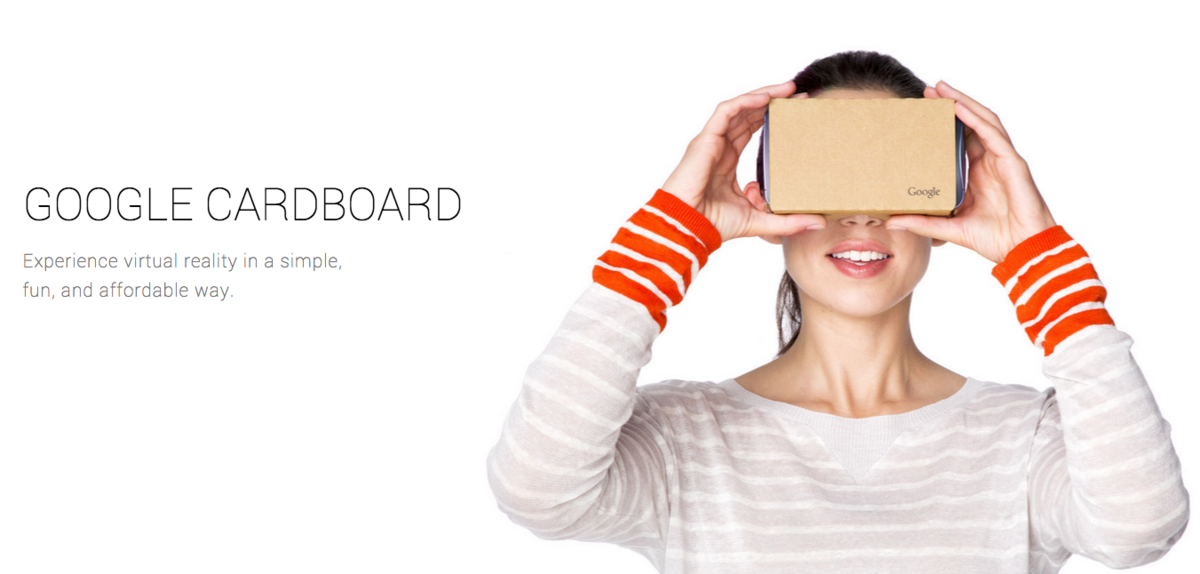Virtual Reality has finally hit the mainstream market, this tech that once only occupied the realms of science fiction is finally cheap enough to be accessible to consumers. One of the least expensive VR solutions is Google Cardboard, which is literally a piece of cardboard with some lenses attached to it. There is plenty of content to explore on the Cardboard platform, but the equipment needed for the creation of VR content has largely been cost prohibitive to the average VR Connoisseur. Maxwell I know you touched on both the cardboard and the Theta 360 Cam but LG just came out with their own recently and it’s pretty sweet!
The LG 360 camera is priced at 200 bucks, its capable of capturing 2k 360 video that can be uploaded to YouTube and then viewed through Cardboard. The camera works with both android and iOS and couldn’t be easier to operate! Just hit record and the software handles the rest stitching the images captured by the dual lenses into an interactive 360 video.
What use does an educator have for such a device in the classroom? Teachers can record their lectures and then upload it for a virtual classroom experience. Another use case for a 360 camera is capturing school plays and productions, so that family members that can’t be there physically can still watch the magic of a child’s first performance.
Have some of your own ideas for what VR in the classroom looks like? Book a flight over to Kansas City and check out the Virtual Reality Hackathon that is being put on by Oculus, the Pulse Design Group, and Google. This event is challenging developers to create Virtual/ Augmented Reality experiences that can benefit educators and students.
Below are the links for the LG 360 Cam and the event being held in Kansas
http://www.lg.com/us/lg-friends/lg-LGR105.AVRZTS-360-cam
https://youtu.be/9tvg3_BydDs?list=PLsIdAtesSJZ4IduY2Vn9lct05sS9nKsEG
Make sure check out @mrmicrochip90 HERE and on his blog Teaching with Microchips

